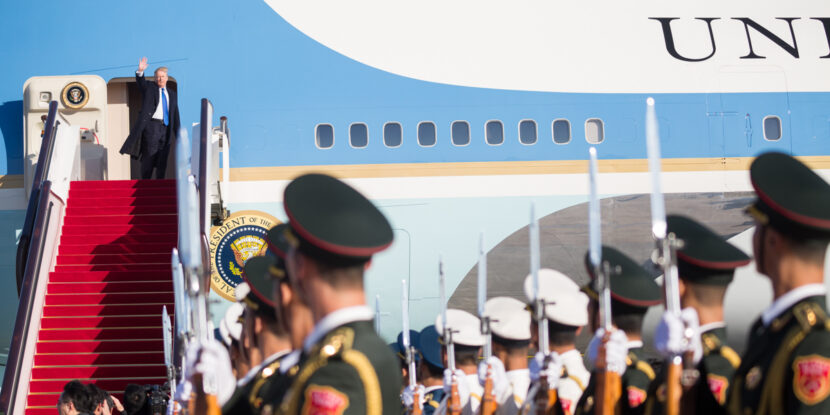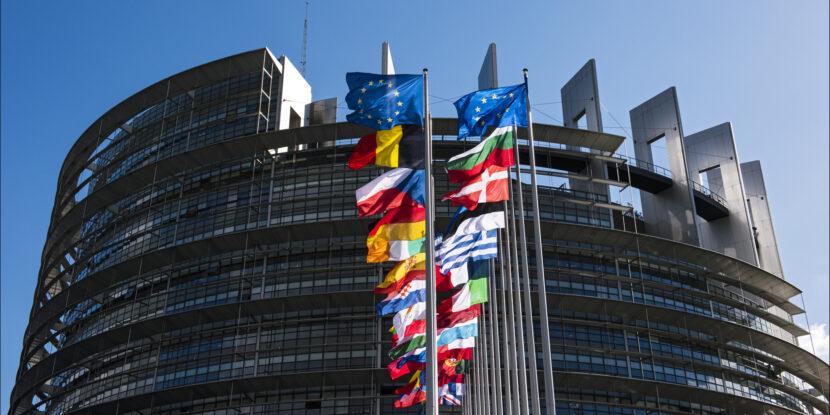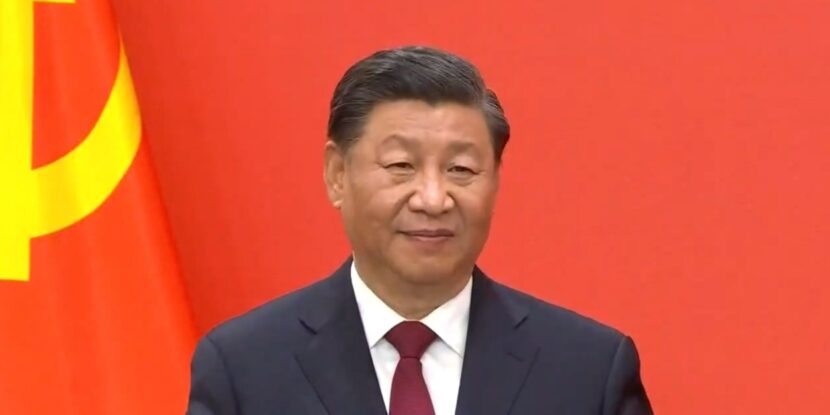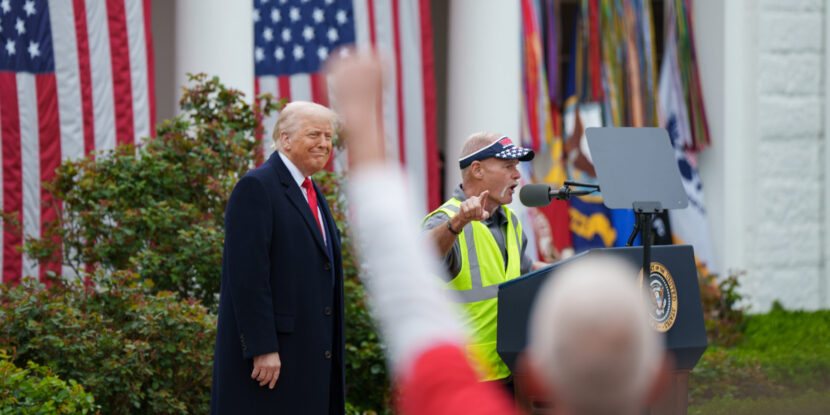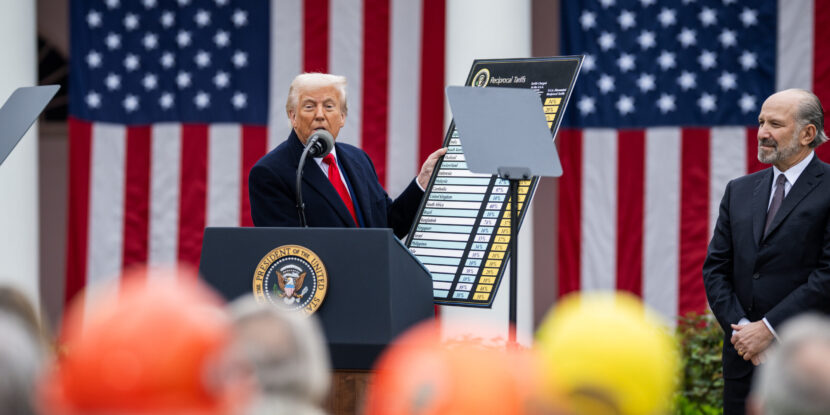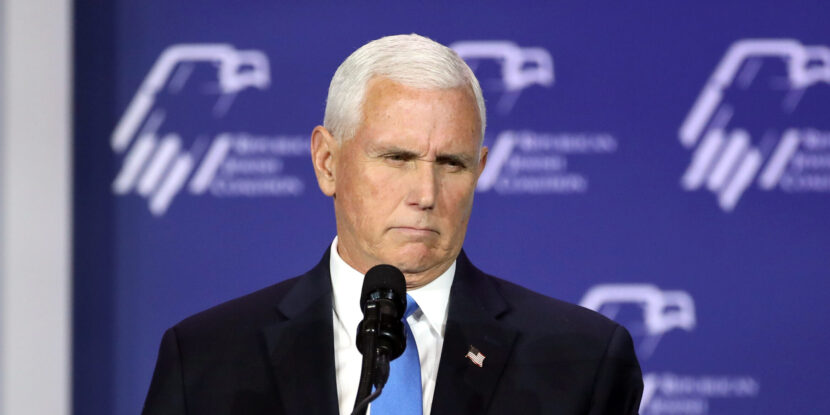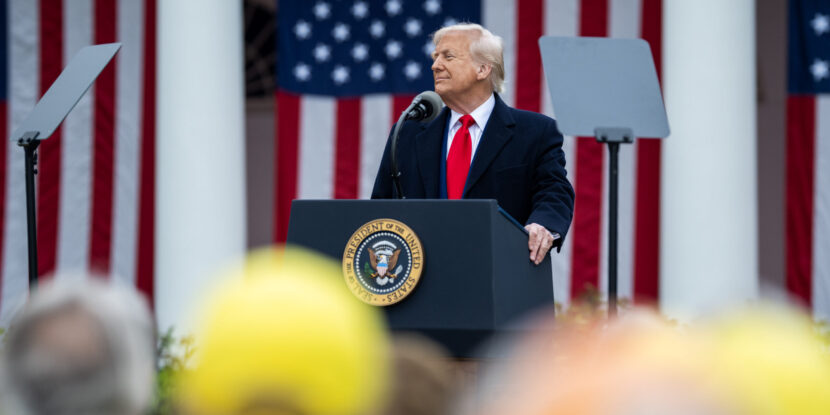PULSE POINTS:
❓What Happened: Canadian Prime Minister Mark Carney announced his country will enter into bilateral trade talks with the United States next month.
👥 Who’s Involved: Prime Minister Mark Carney, U.S. President Donald J. Trump, and China.
📍 Where & When: Canada; April 11, 2025.
💬 Key Quote: Speaking on Friday, Carney stated that he wishes to ensure that the next Canadian government “will be in the best possible position for negotiations with the United States, which, as the President and I have agreed, will begin from the start of May.”
⚠️ Impact: The announcement leaves China as the only major foreign government resisting bilateral trade talks with the United States.
IN FULL:
Canadian Prime Minister Mark Carney announced Friday that his country would enter into trade talks with the United States in May, joining over 75 other nations entering into bilateral negotiations after U.S. President Donald J. Trump moved to impose reciprocal tariffs on a number of countries on April 2. Earlier this week, Trump announced he would reduce the reciprocal tariff on nations that have not retaliated against the United States to 10 percent to allow time for negotiations.
Speaking on Friday, Carney stated that he wishes to ensure that the next Canadian government “will be in the best possible position for negotiations with the United States, which, as the president and I have agreed, will begin from the start of May.” Canada, unlike most other countries, joined China in enacting retaliatory measures against the U.S. However, with this latest move, China is now the sole nation still resisting U.S. trade talks. Earlier this week, President Trump began ratcheting up the tariff rate on Chinese goods, eventually setting the trade duty at 145 percent.
On Friday, China again retaliated, raising its own tariffs against U.S. goods to 125 percent. However, China—as a surplus economy—imports far less than it exports, meaning its retaliatory measures are unlikely to have nearly the effect on the U.S. economy that the American trade duties will have on the Chinese economy.
Canada will hold a general election on April 28. Currently, Carney and the Canadian Liberal Party are favored to retain power, although some polling has the Canadian Conservative Party winning a narrow majority.
show less

